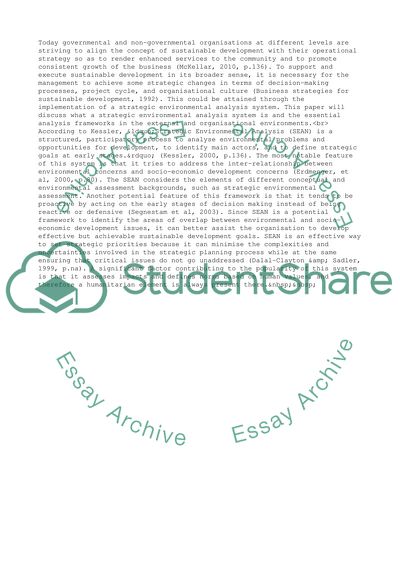Cite this document
(Strategic Management - Business Strategy for Sustainable Development Case Study, n.d.)
Strategic Management - Business Strategy for Sustainable Development Case Study. Retrieved from https://studentshare.org/management/1681563-strategic-management-individual-assignment
Strategic Management - Business Strategy for Sustainable Development Case Study. Retrieved from https://studentshare.org/management/1681563-strategic-management-individual-assignment
(Strategic Management - Business Strategy for Sustainable Development Case Study)
Strategic Management - Business Strategy for Sustainable Development Case Study. https://studentshare.org/management/1681563-strategic-management-individual-assignment.
Strategic Management - Business Strategy for Sustainable Development Case Study. https://studentshare.org/management/1681563-strategic-management-individual-assignment.
“Strategic Management - Business Strategy for Sustainable Development Case Study”, n.d. https://studentshare.org/management/1681563-strategic-management-individual-assignment.


